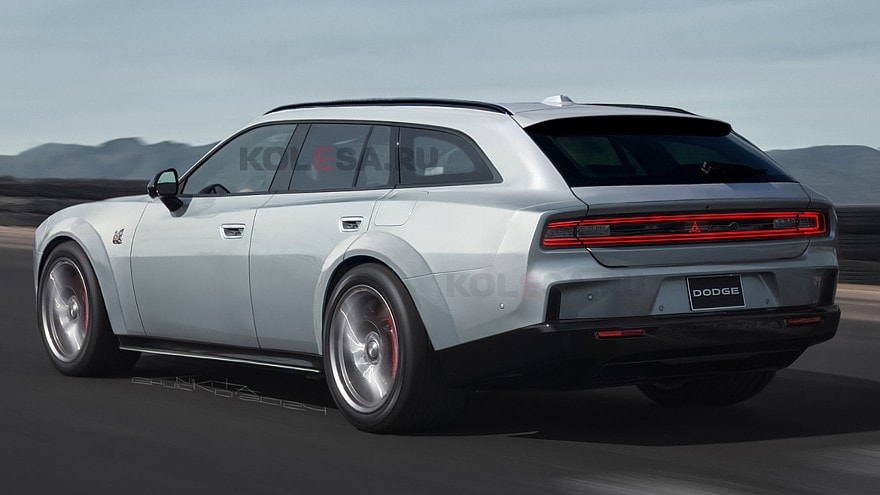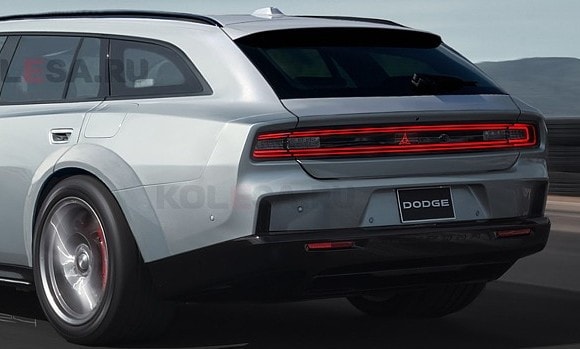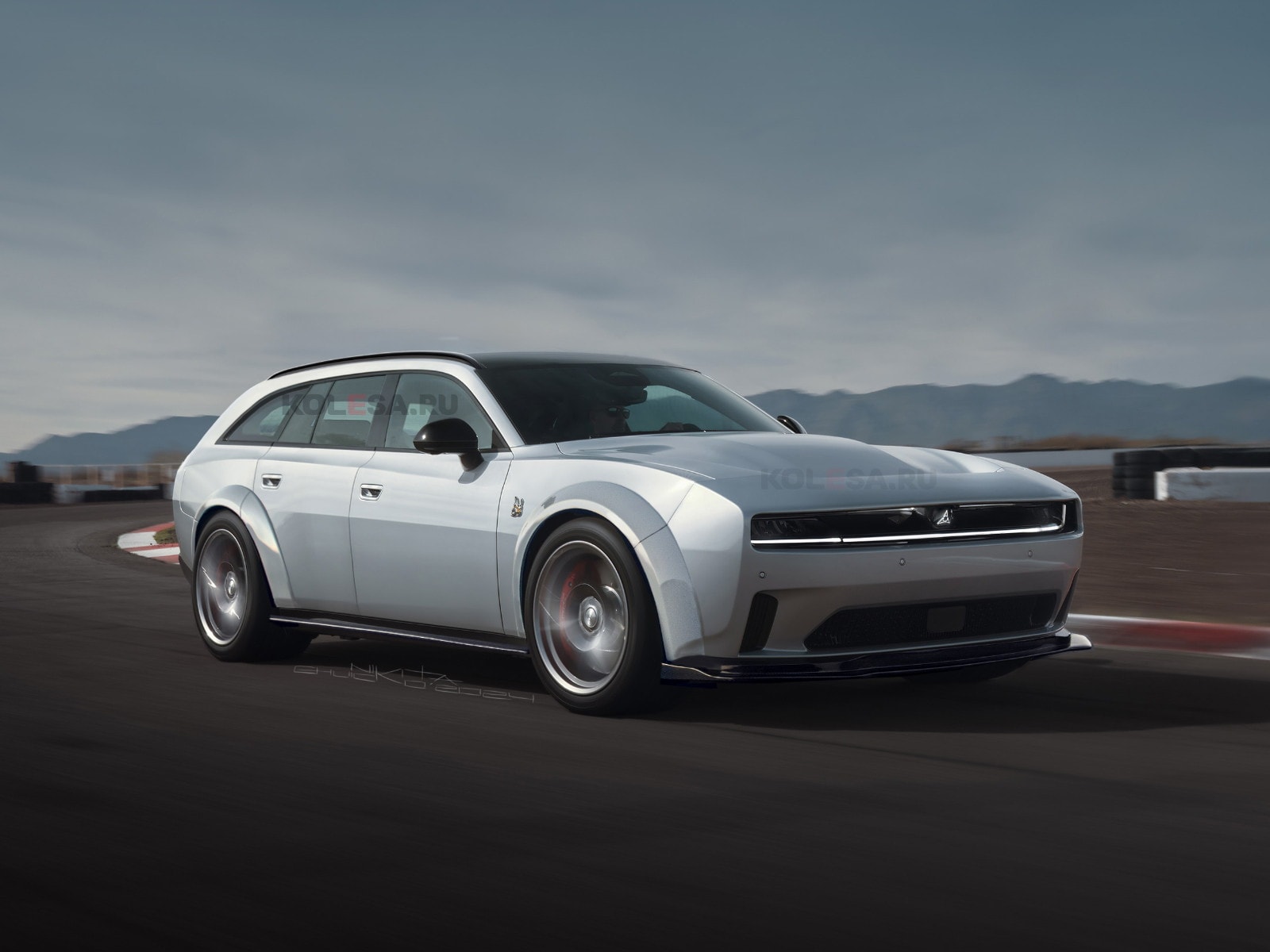Dodge, once a symbol of American muscle, finds itself at a crossroads. While it continues to cling to the aging Durango and expands its crossover lineup with the rebranded Alfa Romeo Tonale, its boldest move is the new-generation Charger.
This iconic muscle car, now equipped with inline-six and electric powertrains, marks a significant departure from its V8-powered predecessors. The Charger’s shift towards electric power has sparked both excitement and controversy within the muscle car community. While some applaud Dodge’s willingness to embrace new technology, others lament the loss of the traditional V8 engine.

The decision to offer both inline-six and electric powertrains demonstrates Dodge’s attempt to cater to a wider range of consumers, but it also raises questions about the future of the muscle car segment.
As the Charger enters the market, it will face stiff competition from other iconic muscle cars like the Ford Mustang. The Mustang, which has maintained its V8 engine options, remains a popular choice among enthusiasts. However, the Charger’s unique blend of tradition and innovation could attract a new audience.
The success of the new-generation Charger will ultimately depend on its ability to appeal to both traditional muscle car fans and those seeking a more modern driving experience. If Dodge can complete this balancing act, it may be able to reclaim its position as a leader in the muscle car segment.
The Dodge Charger Daytona, a new electric muscle car, made its debut at Roadkill Nights in Pontiac, Michigan. With its sleek design and powerful performance, the Charger Daytona offers two trims: the standard model starting at $59,595 and the Scat Pack, boasting 630 horsepower, starting at $73,190. Both models are eligible for the $7,500 federal tax credit when leased.

While there is no official confirmation from Dodge regarding a new Magnum, the potential for such a vehicle is certainly there. Given the popularity of the Charger Daytona and the growing demand for electric vehicles, a modern Magnum could be a successful addition to Dodge’s lineup.
It would offer a unique and compelling alternative to traditional SUVs and crossovers, appealing to a wide range of drivers who value both performance and practicality. Despite these challenges, Dodge remains committed to its Charger lineup, suggesting that even without a V8, there is still a market for performance-oriented sedans.
However, returning to the Magnum would require a significant shift in consumer preferences, which seems unlikely at present. While the possibility of reviving the Magnum nameplate for a crossover or SUV cannot be entirely ruled out, it’s more probable that Dodge will continue to focus on its existing lineup and future electric vehicles.

